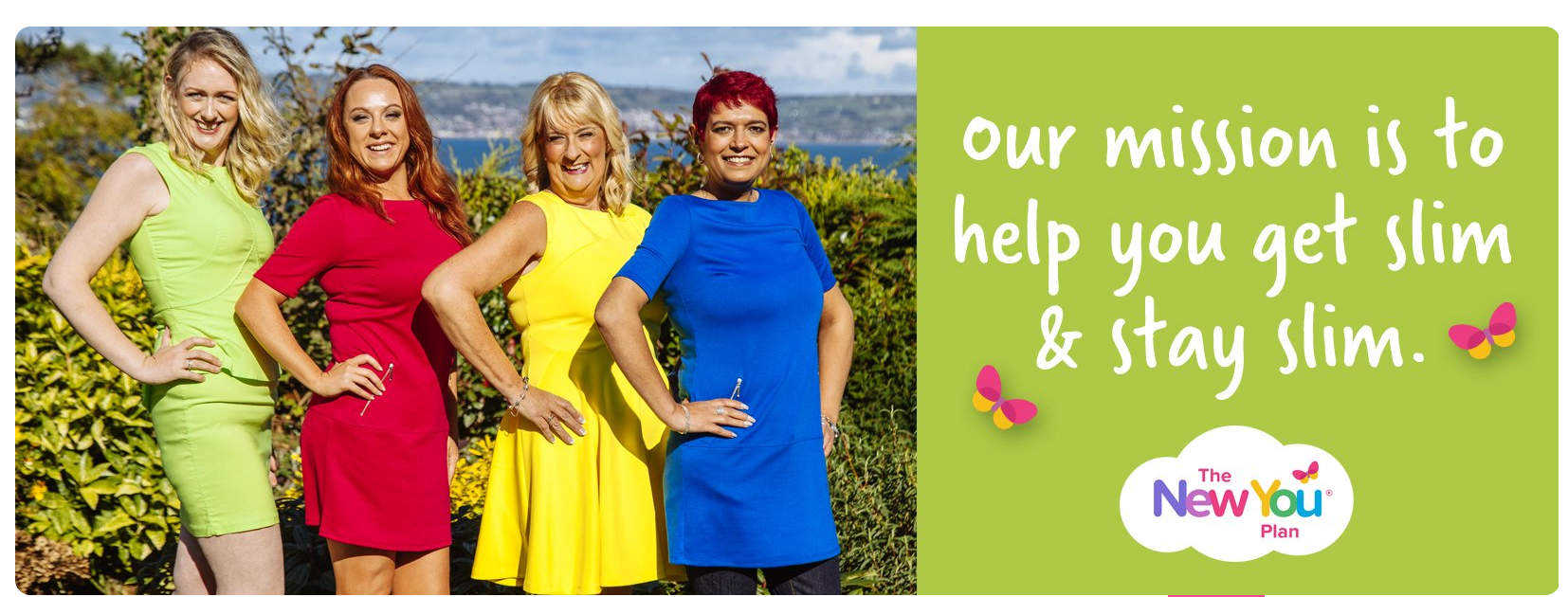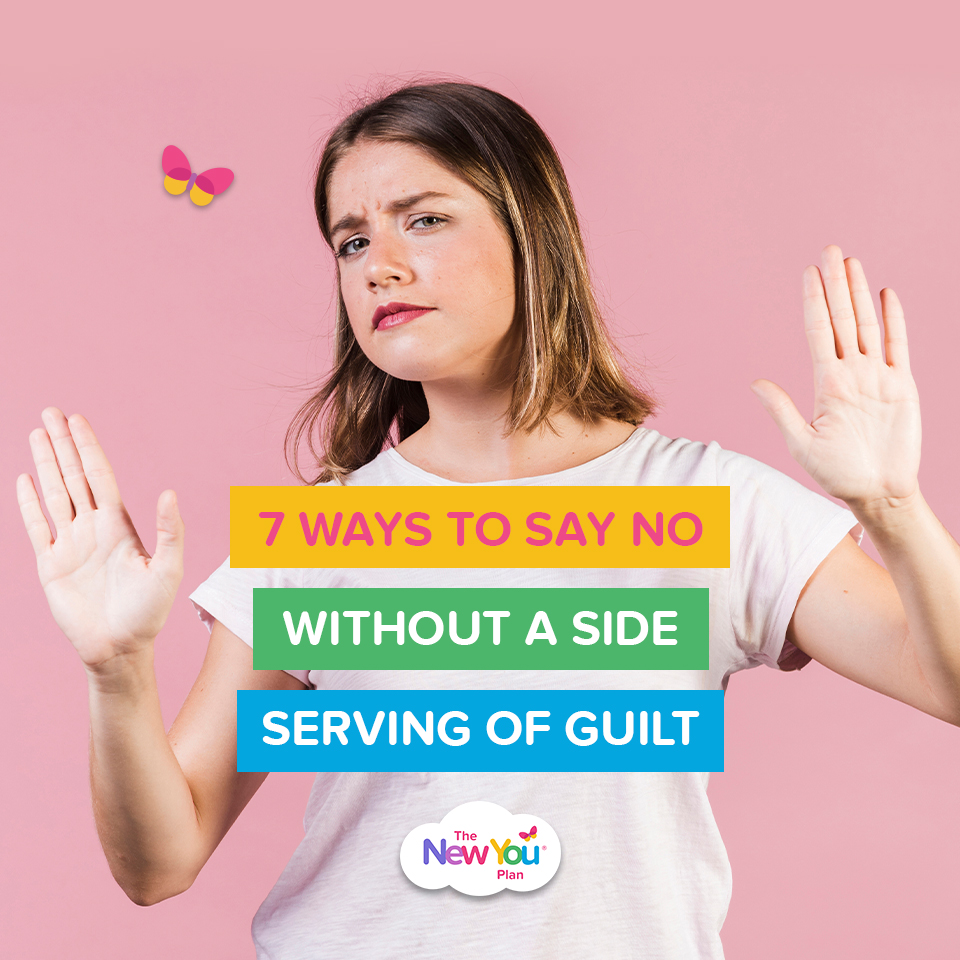
7 Ways To Say No Without A Side Serving Of Guilt

Saying “No” is something that many of us wish we could do more and your ability to do so will definitely be tested while on a diet. Here, we share 7 ways to say no with none of the guilt.
It’s one of the smallest, shortest words in the English language, but one of the hardest to say.
We’ve all been there. We’re minding our own business when we get a call, an email, or a text, and that other f-word gets lobbed at us: favour.
Sometimes, of course, we say yes. We’re delighted to help out – it’s fun, rewarding, or win-win. But sometimes we feel anything but delighted: we feel bad, obligated, resentful, or pressured. And it’s almost guaranteed: we feel guilty.
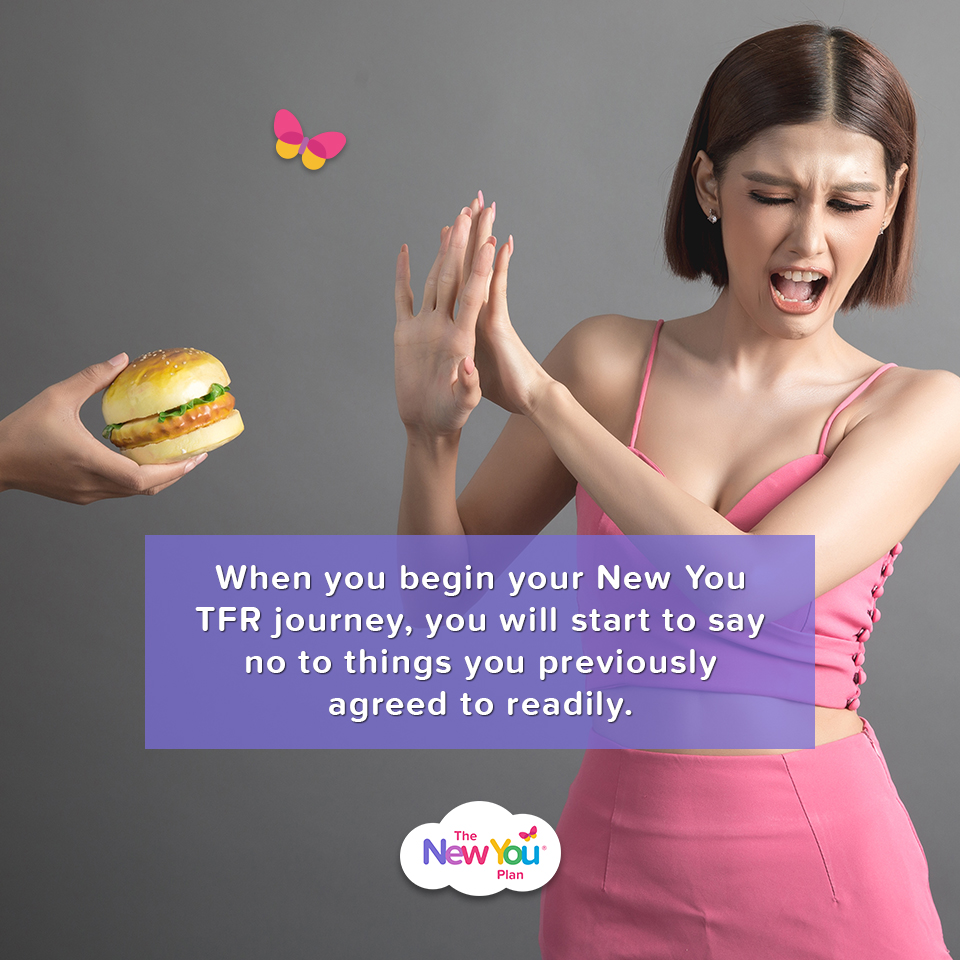
When you begin your New You TFR journey, you will start to say no to things you previously agreed to readily. Turning down an offer of biscuits with a cup of tea, for example. Or suggesting an alternative to a boozy lunch with the girls. Perhaps your partner suggests a meal at a restaurant when you are in the middle of your Total Food Replacement plan. These simple requests suddenly feel as if they need to be navigated with care.
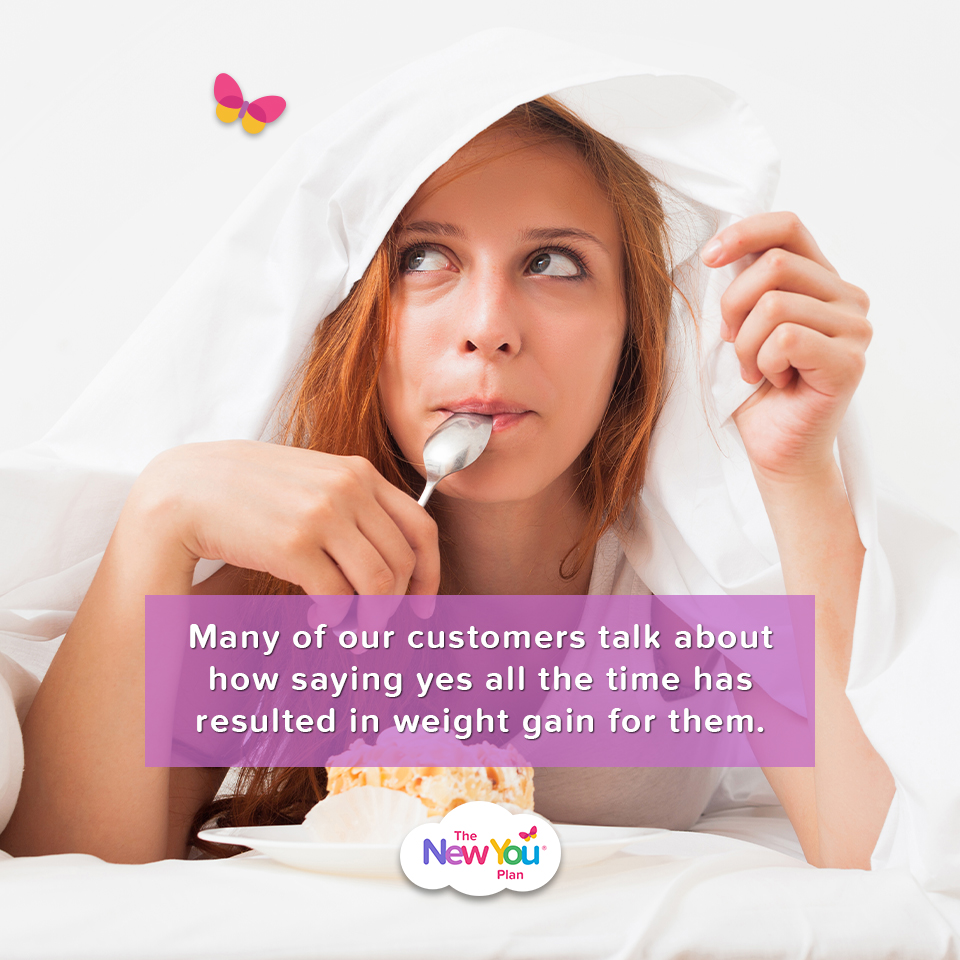
Many of our customers talk about how saying yes all the time has resulted in weight gain for them. We don’t just mean saying yes to food, it’s more saying yes to demands on their time for example, which results in tiredness or resentment and guilt. Which for many for customers leads to turning to food for comfort.
Let’s talk about why not to feel guilty when you say no to coming in on Saturday, coordinating the PTA fun fair for the third year in a row, or a slice of birthday cake in the office.
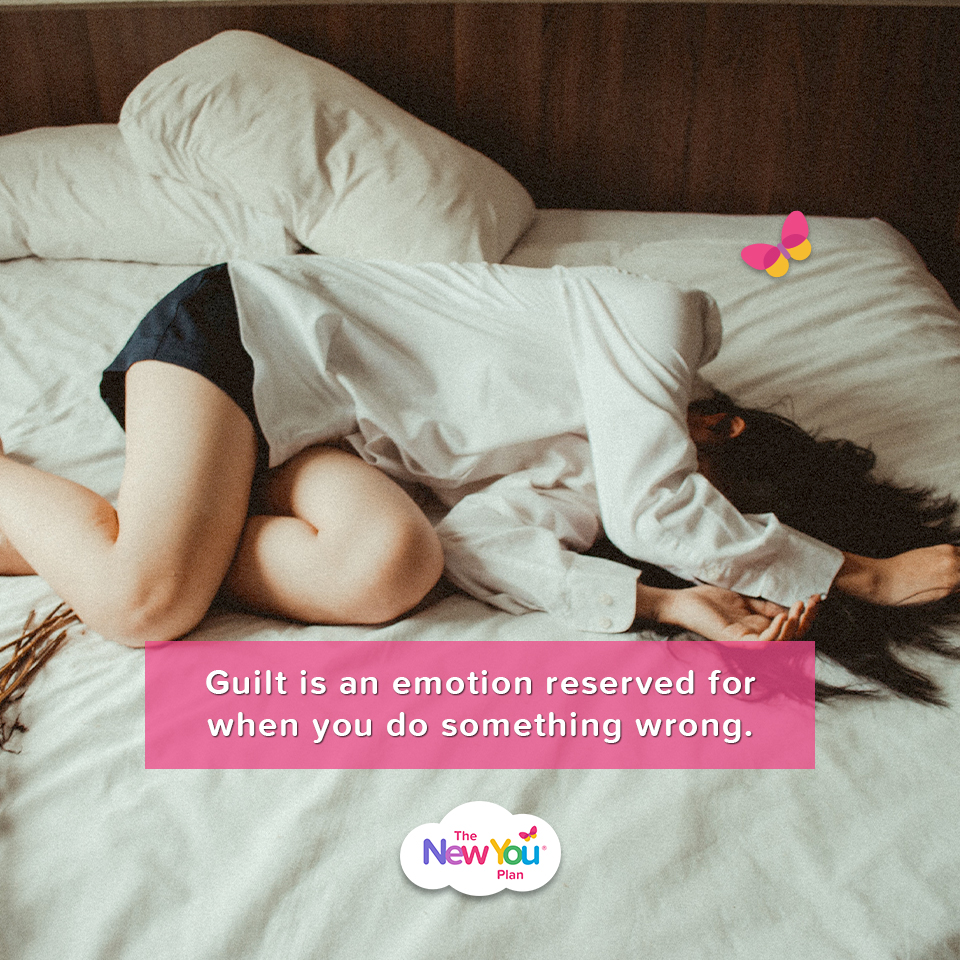
You shouldn’t feel guilty about saying no. Guilt is an emotion reserved for when you do something wrong. If you hurt someone, it’s appropriate to feel guilty. Now, saying no might create a little extra work for the person you’re declining because now they have to ask someone else or otherwise rethink, but it falls well short of hurtful.
To make this more visual, picture a flowchart – saying no simply sends someone in a different direction. People are flexible and creative. If you say no, they’ll recalibrate and take another path. There are almost always other options out there for them.

We often feel guilty because not only do we think we’re hurting the other person, but we expect retaliation. We think, “She’s going to hate me,” “He’ll get mad,” or “I’ll get fired.” Our brains jump to the worst-case scenario. So instead, let’s take a step back and look at all the other, much more likely possibilities that our brains leap-frogged over on the way to the worst.
Ask yourself instead, what’s a more likely scenario? Maybe your requestor will be momentarily disappointed but understand and then simply offer the slice of cake to the next person. Or, let’s generate a most likely scenario this way: what happens when someone says no to you? Do you fly into a rage, burst blood vessels, and froth at the mouth? We are guessing not. So why the double standard? Expect people to react as you would.
At New You HQ we want to equip our customers will the tools to make their New You journey as smooth as possible. We realise that saying ‘no’ at first can feel uncomfortable and a little strange, so we have created 7 ways to say no without feeling guilty.
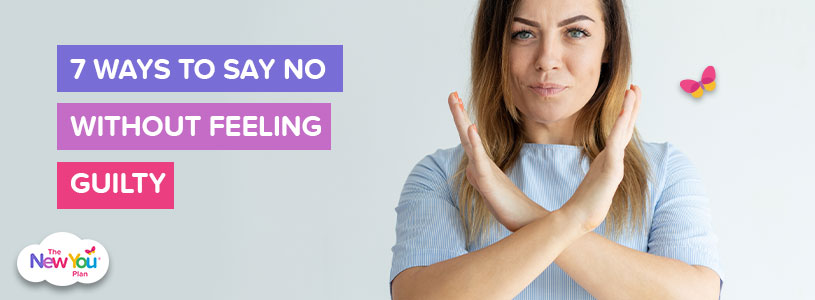
7 Ways To Say No Without Feeling Guilty
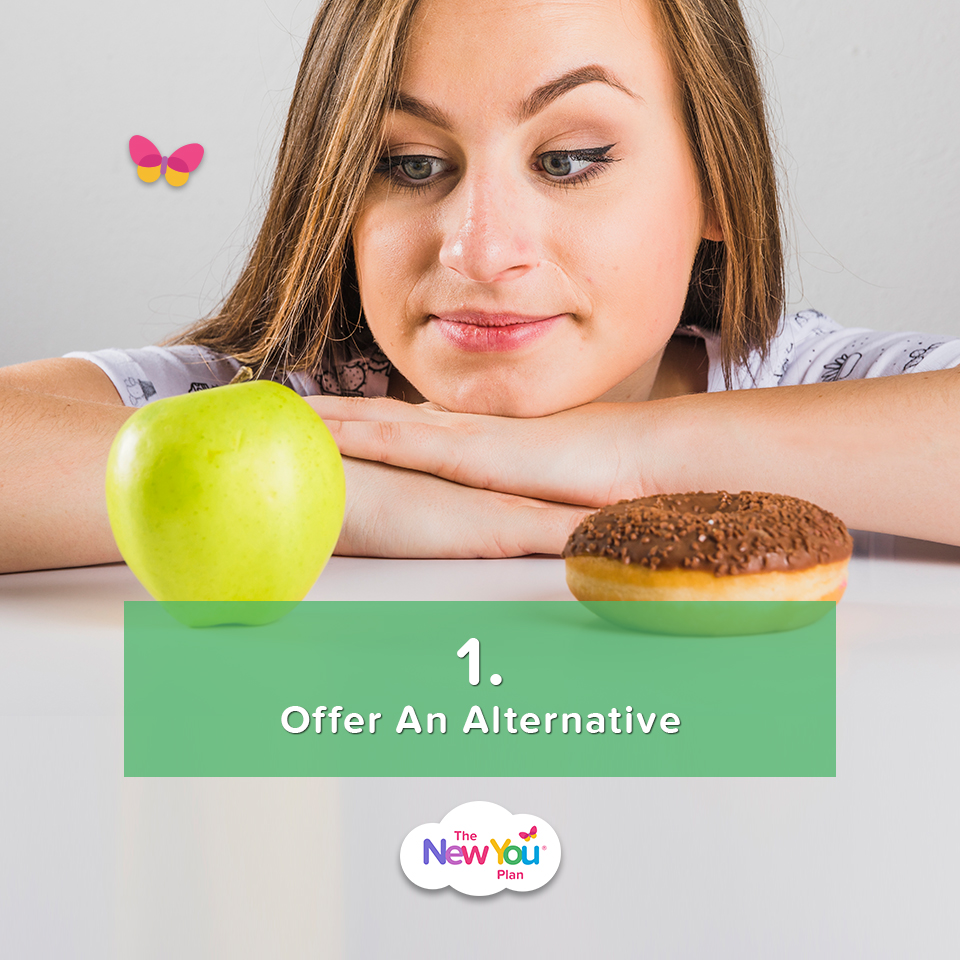
1. Offer An Alternative
This is the easiest way to say no. Decline the request but offer a consolation prize. “My schedule just doesn’t allow me to proofread your dissertation before your deadline, but here’s a link to a great article on the five biggest dissertation errors to watch out for.” Just make sure you’re not offering an alternative solely out of guilt—your goal is to actually be helpful to the requestor, not just to make yourself feel less guilty.
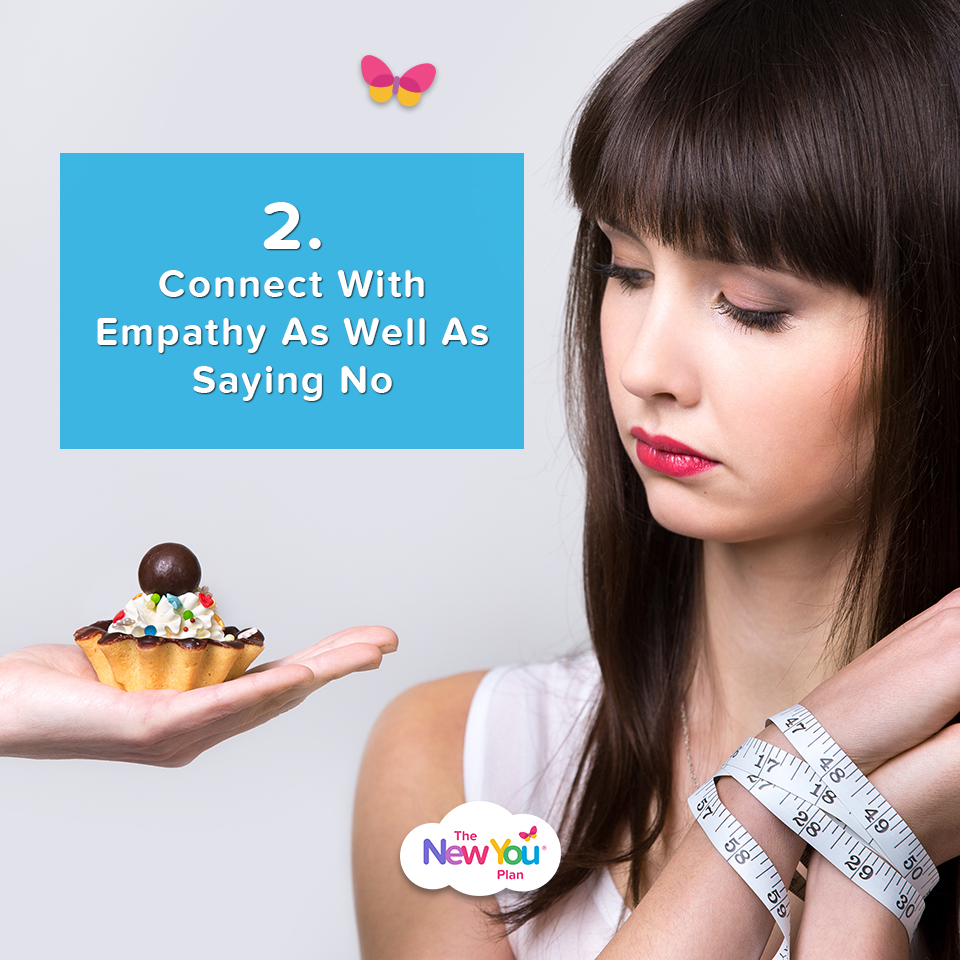
2. Connect With Empathy As Well As Saying No
Demonstrating that you’ve truly heard and understood the person’s request can make them feel good, even if you ultimately can’t take on the task. Affirm that they’re working hard, or that they’re dealing with a challenging task. For instance, “You’re working so hard to make your sister’s wedding a success; I wish I could take organising the hen night off your hands, but I just can’t right now.”
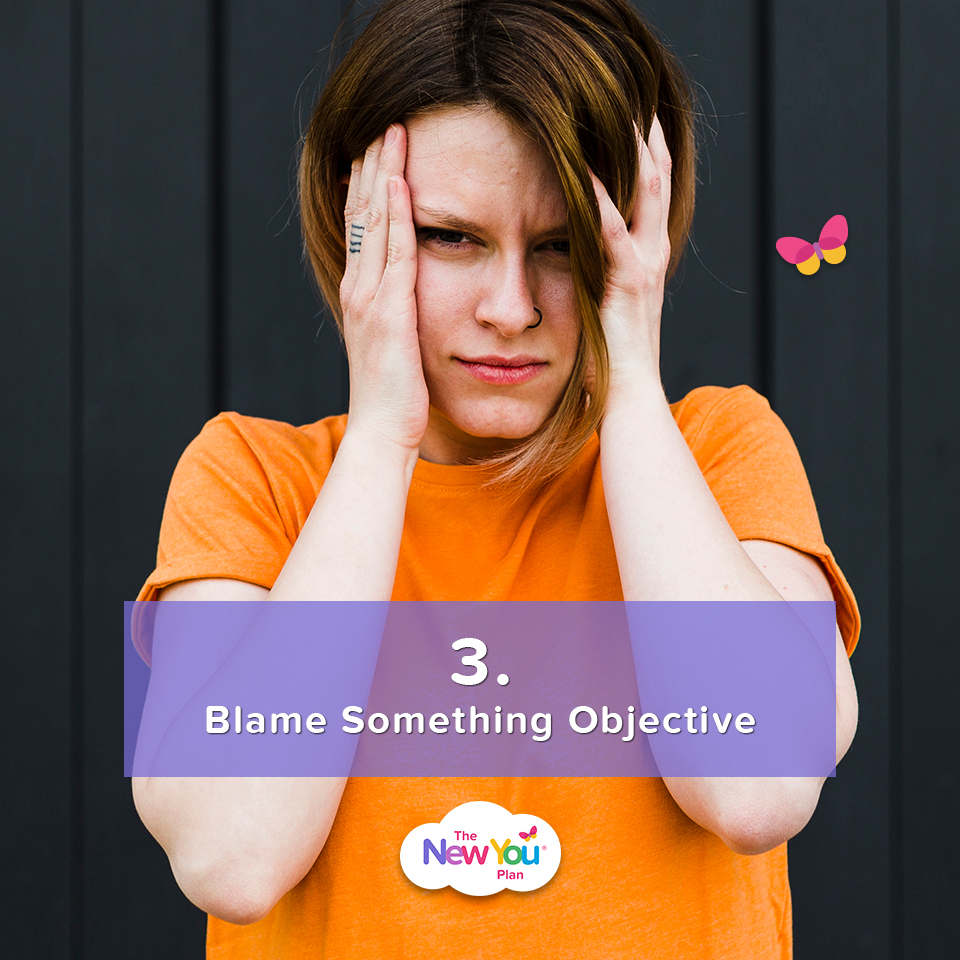
3. Blame Something Objective
Make your unavailability the fault of your schedule, your workload, other duties, or another external, objective circumstance that’s out of your control. And avoid the awkwardness of hearing “You’re busy this week? Then how about next week?” by adding, “I’ll let you know if anything changes.”
Make your unavailability the fault of your schedule, your workload, other duties, or another external, objective circumstance that’s out of your control. And avoid the awkwardness of hearing “You’re busy this week? Then how about next week?” by adding, “I’ll let you know if anything changes.”
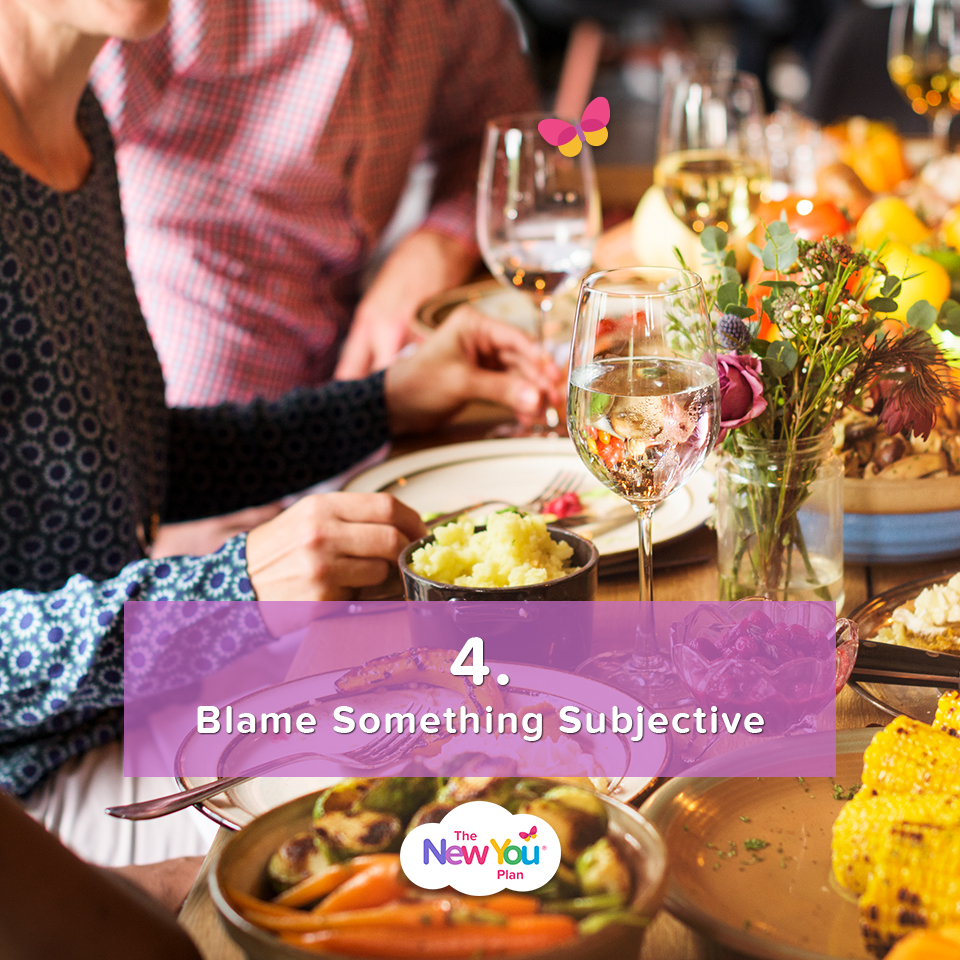
4. Blame Something Subjective
Along the same lines as blaming an external circumstance, you can blame something internal and individual to you. For instance, blame your taste, your skills, your style. For example, “I’m going to have to say no to baking a cake for the school fair; I burn water!”
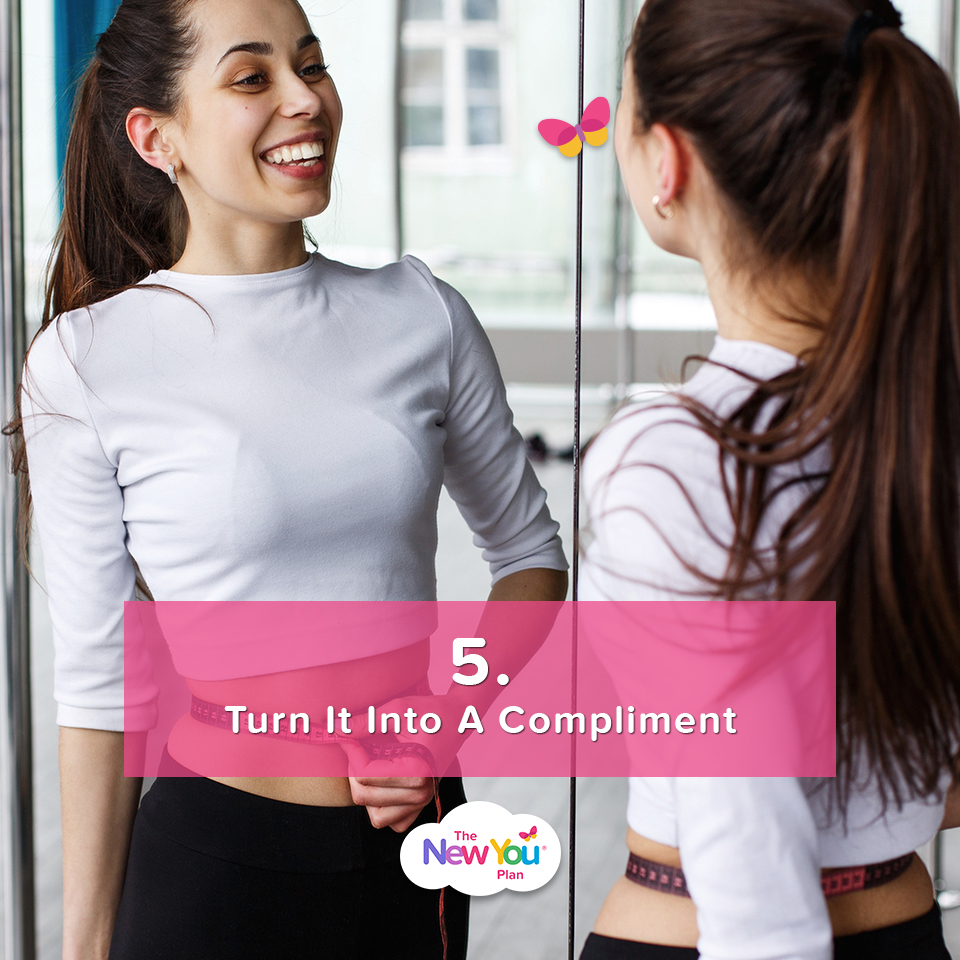
5. Turn It Into A Compliment
Say no to the request but turn it into a compliment for the requestor. “Thanks so much for thinking of me! That’s so nice of you.” Or, “I appreciate the opportunity—it was so lovely of you to ask me first.

6. Stick To Your Guns
Now we’re getting more advanced. Some folks will push you and ask more than once or will pester you to try to wear you down. (Children are particularly good at this!). In this scenario, it’s OK to use the classic Broken Record Technique—just give the same answer again and again when they ask again and again. You don’t have to be soulless about it—you can empathise with them and give them a hug, but don’t let your answer morph from “no” to “maybe” to “well, ok just one” to “fine go ahead.” Just stick to your original “no.”
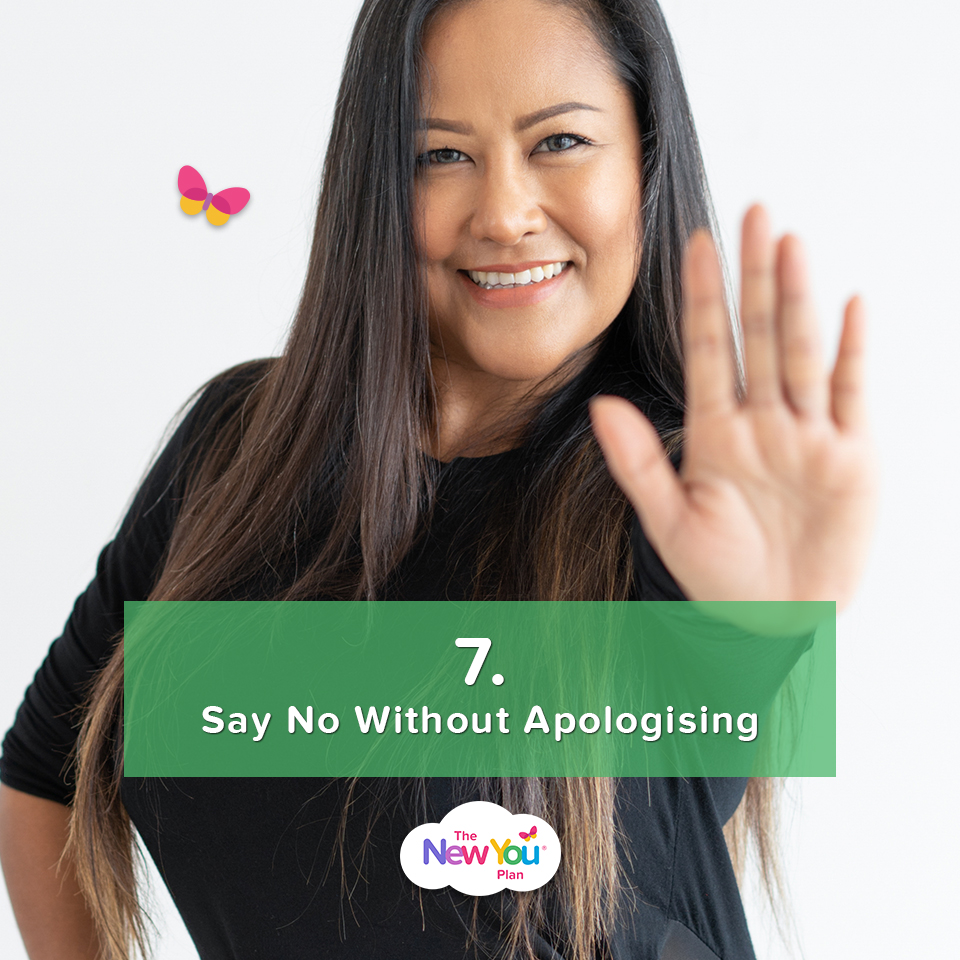
7. Say No Without Apologising
This is graduation from ‘no’ school. Just like guilt, apologising is for when you’ve done something wrong. It may seem like a fine line between not apologising and being rude, but done well, “no” can be gracious and polite. Your requestor won’t even miss the “I’m so sorry.” For instance, “What a lovely idea to make handmade decorations for the reunion! I have to admit I’m just not the woman for that job. But I can make a mean sangria.” Ta-da! No apologies needed.

A Final Tip…
Make your “no” swift and clear. Don’t delay your answer, say you’ll think about it, say maybe, or say yes and then back out. It may feel wrong to say “no,” but in the long run a clear, timely answer is more polite and, in your requestor’s, best interest.
For those of us who like to think we can do it all, starting to say “no” may come at a cost. We may not be the super mum, jack-of-all-trades, or I-can-always-count-on-you friend we’ve come to see ourselves as. But when we stop trying to do it all, oddly, we gain time, energy, and, best of all, respect.
For more information on how to successfully navigate your New You Journey, check out our amazing Customer Hub.
Are you ready to get started on a really, really, really easy diet plan?
Getting started is the first step in your journey to a brand New You! To help you understand fully how our plan works, our Get Started page with designed specifically for people new to the plan.
Head over to our site where you’ll find tonnes of important information including how our plan works, the science behind it, loads of top tips, information on our meals, as well as real customer testimonials.
Click here to visit our Get Started page!

